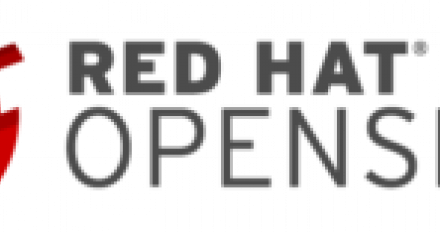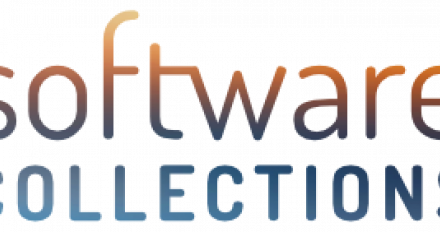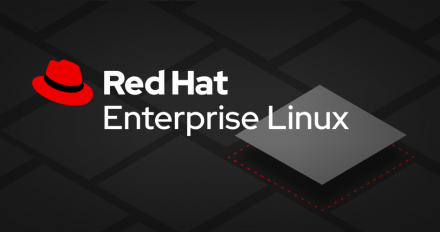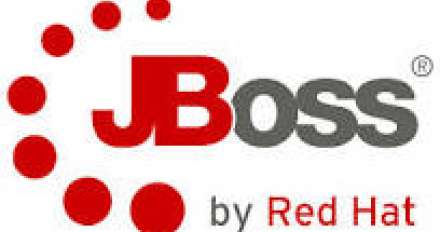
Article
Find what capabilities an application requires to successful run in a container
Many developers would like to run their existing applications in a container with restricted capabilities to improve security. However, it may not be clear which capabilities the application uses because the code uses libraries or other code developed elsewhere. The developer could run the application in an unrestricted container that allows all syscalls and capabilities to be used to avoid possible hard to diagnose failures caused by the application's use of forbidden capabilities or syscalls. Of course, this eliminates the...







